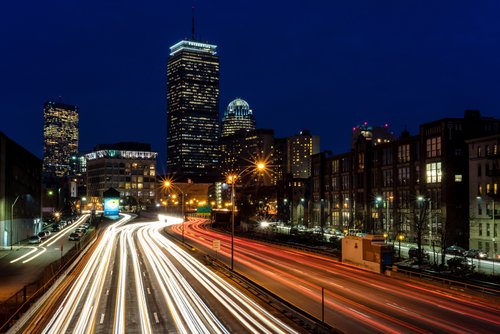
Residents of modest means increasingly can’t afford to live in major urban centers, and the result is taking a toll on our highways and commutes.
As more people seek cheaper housing away from inner cities, the number of “super commuters” – or those traveling 90 minutes or more one way – has increased exponentially, according to a new study.
Nationwide, one in 36 commuters in 2016 traveled 90 minutes or more to work each day, according to Apartment List. That’s an increase of 16 percent when compared to 2006 figures, when about 3 million were classified as super commuters, the apartment search website reports.
Large metros with robust economies have seen the biggest jump in the number of super commuters as jobs and people increasingly concentrate in major cities. Boston is no exception.
The number of those with 90-plus minute commutes in the area has increased by 50 percent from 2005 to 2016, Apartment List reports. Nearly 86,000 area residents, or about 3.5 percent of the working population, has such a commute.
That might seem like a small fraction of the area’s workers, but the 3.5 percent figure is one of the higher numbers in the country. Los Angeles, which has the 10th highest rate share of super commuters, has 3.8 percent of its residents driving 90 minutes or more to work.
Areas like the Northeast and Northwest have seen the biggest jump in super commuters because they are densely populated-yet-sprawling areas, according to Apartment List.
The trend is likely to continue as more jobs and people relocate to major urban areas.
“As more households are priced out of expensive cities and inner suburbs, without major investment in public transit, the growth in the share of super commuters is like to continue,” the website reads.
